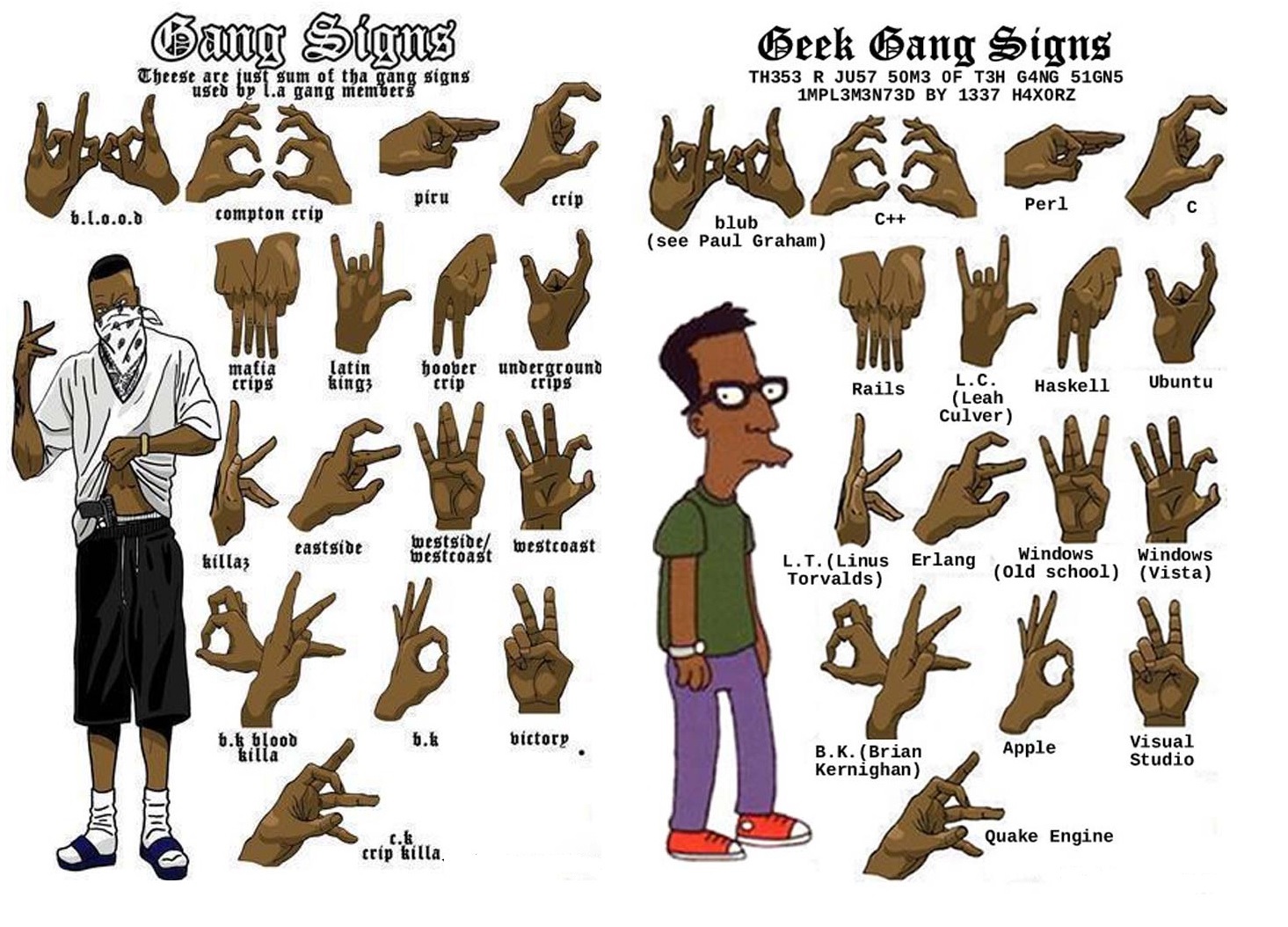The History and Impact of Hand Gestures: Understanding Cultural Differences
Humans are constantly communicating, even without uttering a word. We use our bodies, facial expressions, and even subtle hand movements to convey messages. But have you ever stopped to consider how these nonverbal cues might be interpreted differently around the world? A simple hand gesture in one culture can be a sign of respect, while in another, it could be a grave insult. Let's delve into the fascinating world of hand gestures, exploring their history, cultural significance, and the potential misunderstandings they can create.
Hand gestures have been a part of human communication for centuries. Some anthropologists believe they predate spoken language, serving as a primary mode of communication for our early ancestors. As languages evolved, so did gestures, becoming intrinsically linked to our words and emotions. Today, these nonverbal cues continue to play a powerful role in our daily interactions, often subconsciously shaping how we perceive and react to others.
A particularly striking example of how a seemingly simple gesture can hold vastly different meanings across cultures is the raising of a particular finger. In some cultures, this gesture is innocuous, perhaps used to point or count. However, in many parts of the world, it's considered highly offensive, a symbol of disrespect and anger. The origins of this gesture's negative connotation are debated, with some historians tracing it back to ancient Rome and others attributing its vulgarity to later periods. Regardless of its precise roots, it serves as a stark reminder that what's acceptable in one culture can be deeply offensive in another.
The key takeaway from exploring the complexities of hand gestures is the importance of cultural sensitivity. What might seem like a harmless gesture in your culture could be interpreted very differently elsewhere. Before traveling to a new country or interacting with people from different backgrounds, it's crucial to research local customs and avoid using gestures that could be misconstrued. This awareness not only prevents potential misunderstandings but also demonstrates respect for other cultures.
In today's increasingly globalized world, understanding the nuances of nonverbal communication is more important than ever. By being mindful of our gestures and taking the time to learn about other cultures, we can foster more meaningful and respectful interactions with people from all walks of life.
Advantages and Disadvantages of Being Aware of Hand Gesture Meanings
While there aren't inherent "benefits" or "drawbacks" to specific hand gestures themselves, understanding their cultural significance is crucial. Let's look at why:
| Advantages of Cultural Awareness | Potential Issues of Ignorance |
|---|---|
| Enhanced Communication: Understanding gestures allows for clearer communication and avoids misunderstandings. | Unintentional Offense: Using a gesture unknowingly in the wrong context can cause offense and damage relationships. |
| Building Relationships: Demonstrating cultural sensitivity builds trust and fosters stronger connections with others. | Misinterpretations: Misunderstanding a gesture can lead to miscommunication and conflict. |
| Respect for Diversity: Being mindful of cultural differences promotes respect and appreciation for diverse perspectives. | Awkward Interactions: Unfamiliarity with local customs can create awkward or uncomfortable social situations. |
Best Practices for Navigating Cultural Differences in Nonverbal Communication
Here are some helpful tips for navigating the complexities of hand gestures and nonverbal communication across cultures:
- Do your research: Before traveling or interacting with people from different cultures, take time to learn about common gestures and their meanings.
- Observe and learn: Pay attention to how people use gestures in different settings. This can provide valuable insights into local customs.
- Be mindful and respectful: When in doubt, it's always best to err on the side of caution and avoid using gestures that could be misconstrued.
- Ask for clarification: If you're unsure about the meaning of a gesture, don't hesitate to politely ask for an explanation.
- Use gestures sparingly: While gestures can enhance communication, rely primarily on verbal communication to avoid misunderstandings.
Conclusion
Hand gestures are a fascinating and integral part of human communication. They add depth and nuance to our interactions, often conveying emotions and meanings that words cannot express. However, the same gesture can hold vastly different interpretations across cultures, highlighting the critical importance of cultural sensitivity. By being mindful of these differences, we can bridge cultural divides, avoid misunderstandings, and foster more respectful and meaningful connections with people from all walks of life. Remember, a little cultural awareness can go a long way in promoting positive interactions and a more inclusive world.
Google mia resurrecting search on your phone
Handling hydrochloric acid a guide to safe usage
Unlocking your dream university understanding the malaysian upu merit score














